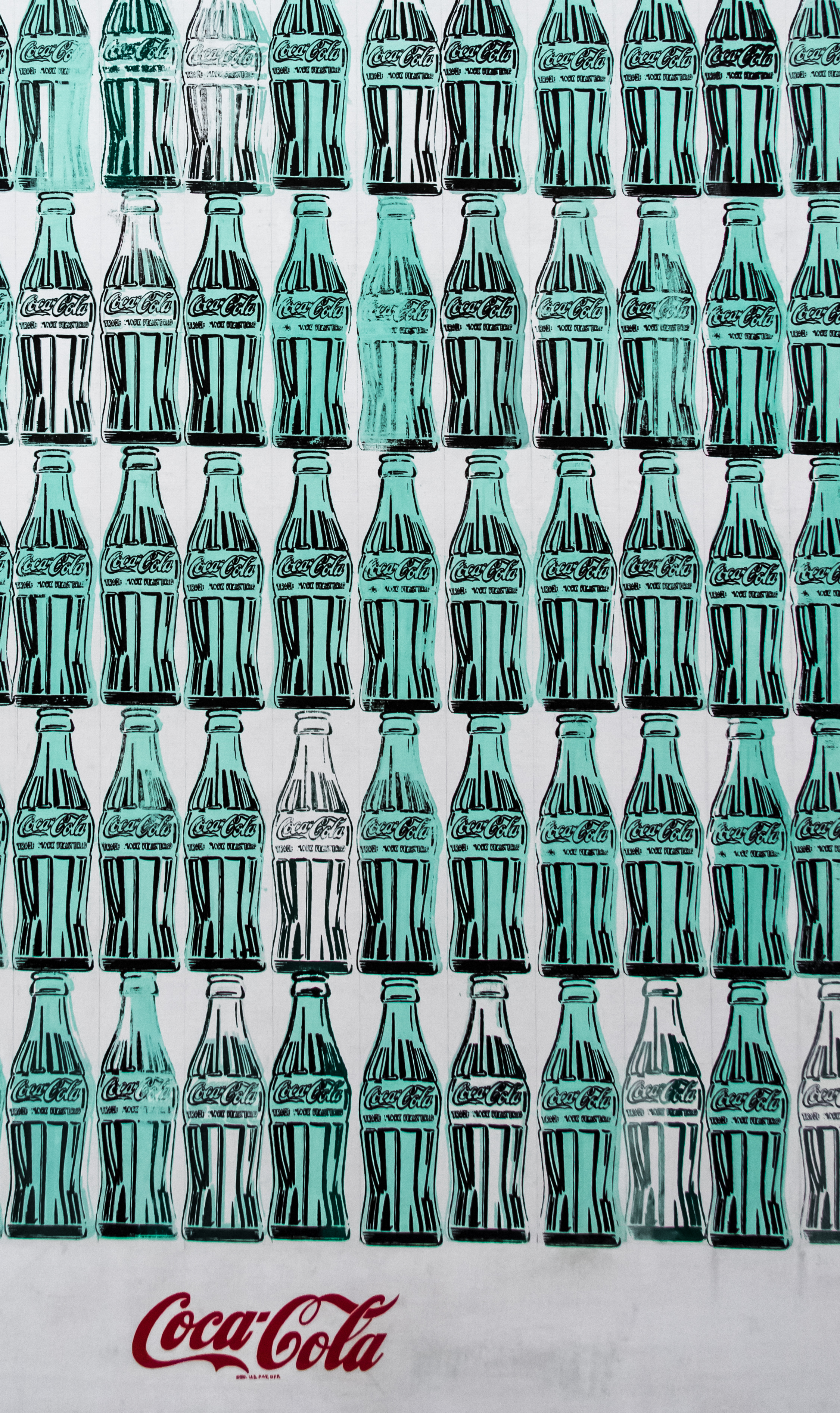
Although brands have felt their perch shaken a bit in recent years, the fact is that big brands still dominate the scholarly journals business. That seismic disturbance has come about for a number of reasons, among them the long-overdue pushback by libraries on pricing, the emergence (hand-in-hand) of Big Deal vending and consortia purchasing, the rise of pure-play open access services a la PLOS, and the ongoing critique of Journal Impact Factor. But perhaps the biggest contributor to the challenge to the brands’ influence is the dazzling ascendancy of Google Scholar, which atomizes the journal into its constituent articles, leading to a conversation about an “articles economy” and skepticism about the very meaning of a journal brand. And yet the brands survive. This is because the challenges to the brands have all come downstream, on the level of dissemination and reading, whereas the strength of the brands is upstream, with authors and certification. Not only have the disruptors of the scholarly communications business been tilting at windmills; they have been tilting at the wrong windmills.
One would think that the stewards of the brands could rest easy, confident that they can repel any advance by their increasingly shrill opposition, but it is not so. While some publishers are confident to the point of complacency (we should not forget that pride cometh before the fall), for many the responsibility of managing that brand is a huge one. As the opponents of brands erect their siege equipment outside the walls of the city, some publishers ask nervously: Will they breach the walls on my watch? How can we protect the brand? And more to the point: We have this powerful brand, but what can we do with it?
For many observers of scholarly communications, this hand-wringing seems silly. After all, we already know how this story ends; it’s as though we are reading a novel, where everybody but the characters in the story know that in the final pages Elizabeth will be betrothed to Darcy or Emma to Mr. Knightley. At some point the publishers of the big brands will realize that the brand and the journal are not the same thing and that the brand can be placed on a wide range of titles, often organized into a cascade with the flagship brand at the top of the waterfall. Indeed one prediction I will allow myself for 2016 is that this will be the year of the cascading journal program, as more and more stewards of the big brands press for line extension. We have seen this before at the Nature Publishing Group. I hope Nature’s imitators realize that Nature/Nature has a ten-year head start on them.
For the stewards of some of the brands, however, the situation is not so straightforward. If your publication has a very high impact factor (and remember, that is how the prestigious journals evaluate themselves), any other publication you come up with is likely to have a lower impact factor. A businessperson might say, Well, that’s line extension. But the publisher of a highly-ranked journal is as likely to say, That’s brand dilution. All the benefits of line extension — greater revenue and operating income, an opportunity to monetize the formerly rejected articles, a squeezing-out of rivals’ lesser brands by the sheer clout of the prestigious brand and its new family of publications — are as nothing in comparison to the perception that the brand is not quite what it used to be. It formerly stood for the very finest; it was a reputation based on exclusion. Now it is the august patriarch of an extended family, but none of the scions have the gravitas of grandpa.
The brand stewards in this position typically respond by erecting higher walls. The brand must be protected at any cost; any changes in policy must be reviewed by a committee — or two, or three, or four; the Board of Directors must vote on the change; the editor of the parent publication, who like a Supreme Court justice, may be appointed for life, may exercise a veto on any development; and individuals with no official capacity but simply a network of relationships with members of the editorial board and the Board of Directors, may weigh in with an irrefutable proposition (“We wouldn’t have done this in my day” or, “What is the world coming to?”). Nor in the serious deliberations of these august bodies should we overlook what I call the Universal “I”: “I would not submit an article to such a publication and no one else will either”; “I don’t read the extended journals in the Nature family and neither does anyone else”; “I don’t use Facebook and the billion people who claim to are all lying.” Over time the stringent processes of review may seem less like a protective barricade for the sanctity of the brand and more like the wall of a prison. And outside the walls new journals appear, published by organizations that do not share the cultural and scholarly values of the publisher of the esteemed journal.
Business students may note here similarities with the “disruptive technology” thesis of Clayton Christensen, and there are indeed common elements. To summarize: large established companies have a difficult time coming up with innovations because these new activities typically provide much smaller returns on capital than investing in the traditional business with its established customer base. This is the innovator’s dilemma. Thus innovators go outside and start their own companies, content to work with a lower margin. But in time those innovations improve and the new class of products invades the markets of the established companies. And over an even longer period of time the innovative company begins to increase its margins as it exploits its growing roster of customers.
But the analogy breaks down. A successful business with profit margins of 30% may choose to get into a business with margins of 15% because, well, 15% is better than nothing — it is still putting cash on the bottom line — and we have to find growth somewhere. But academic reputation is not like that: any falling-away from the status of the most prestigious publications and institutions is a big step down. You cannot simultaneously be the best shortstop in the world and the fourth best, even if being fourth is a mark of distinction. Being the best means being the best.
This is a structural problem inherent in the reputation economy. The publishers of the great brands may find themselves paralyzed by their very success. They cannot innovate, they cannot extend, they cannot grow. Their problem is that at some point the reputation economy, which they have historically ridden to financial success, collides with the mechanics of the real economy, where big is better, where the sheer amount of research drives the growth of new publications, and where the parents who can’t get their kids into Harvard, Princeton, and Yale still send their kids to college, even if it is State U. At some point the intolerable weight of the prestigious brand forces them to look around and see that State U. has been getting better.
Discussion
6 Thoughts on "The Terrible Burden of a Prestigious Brand"
Joe, if I am reading this right then your model assumes that each “great brand” journal is the only journal published by its publisher. Surely that is the exceptional case, given the giant commercial publishers and the many societies publishing multiple journals. Mind you I am assuming that there is at least one great brand journal for every separate field, perhaps several, in which case there are thousands.
Thanks Joe – good post – I agree that the “branded house” approach can be risky when it comes to new content lines and it’s interesting to take that as perspective from which to consider why bigger publishers retain separately named imprints (“house of brands” approach – spreading the risk). I’m curious as to how risky you feel “branded house” is when the product is diversified i.e. applying a strong publishing brand to something other than content. Is there potential for smaller publishers there as well as for the behemoths?
You have to look at the particulars. Some brands lend themselves to extension (Nature, obviously), others do not. The “family brand” approach is usually the most prudent, provided that the brand is managed carefully. The real issue, though, is not how you develop the business but that you have a commitment to develop the business. A strategy of protection leads to diminished relevance. The key issue, as always, is governance.
Certainly Joe you are correct that the big or largest brands still dominate the STM field and not only are they surviving but they are alive and well. They still maintain the highest Impact Factor,make money for their publisher, have a growing manuscript submission rate, and yet still maintain high rejection rates. Where I disagree somewhat is in your theory that publishers are hindered in making changes due to the organizational governance. I just don’t see their need to make any significant changes. They are not at risk of losing anything. Why cannibalize their flagship journal or brand to add anything new, certainly not an OA journal. Nature was successful in expanding their Nature brand as they were able to maintain the high quality of the Nature brand and there was an abundance of high quality manuscripts where the authors would much rather be published by the Nature brand than some other lesser known publisher. One article in a Nature brand journal is worth 50 in other publications is how one researcher friend of mine put it.
I keep reading that the end of STM publishing is coming and yet after 10 years there is really little change in how the top 10 STM publishers operate.
I guess we are all waiting for the ARL Publisher program where the ARL libraries transform themselves into a self-publishing giant and slay the evil STM empire.
You mention Nature several times, which is a great example of playing both sides of the branding game: extending their brand with Nature Communications, but not with Scientific Reports, and being willing to trumpet their association with Frontiers and then willing to silence it as the company became the target of negative press.
This piece is all about journal publishing, but of course brands play a very important role also in academic book publishing. The big difference, though, is that in journal publishing it is the journal itself that carries the brand whereas in book publishing it is the name of the publisher itself. This difference makes all the difference in the world as far as Joe’s argument goes because a prestigious publisher can usually increase book title output significantly without diluting the strength of the brand.



